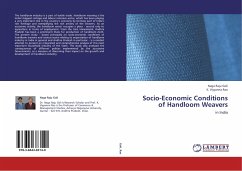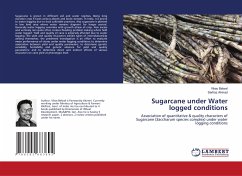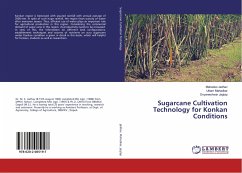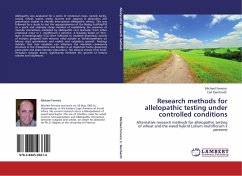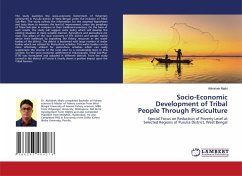The handloom industry is a part of textile trade. Handloom weaving is the India s biggest cottage and labour intensive sector, which has been playing a very important role in the country s economy by forming part of India s rich heritage and exemplifying the rich artistry of the weavers. As an economic activity, the handloom sector occupies a place - second only to agriculture in terms of employment. From the time immemorial, Andhra Pradesh has been a prominent State for production of handloom cloth. The present study based principally on socio-economic conditions of handloom weavers and various issues relating to organization of handloom industry in India in general and Andhra Pradesh in particular is a modest attempt to present an integrated and comprehensive analysis of this most important household industry of the State. The study also analysed the consequences of different policies implemented by the successive Governments, as a measure of discerning their impact on the growth and development of handloom industry.

